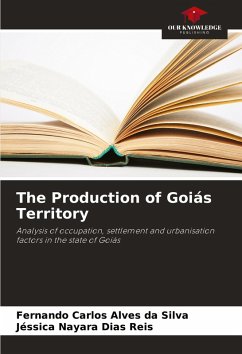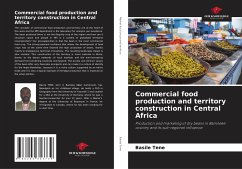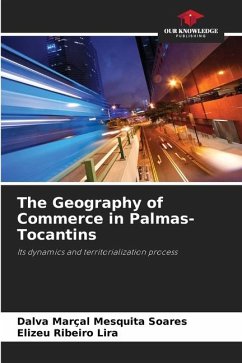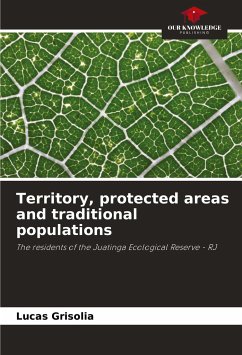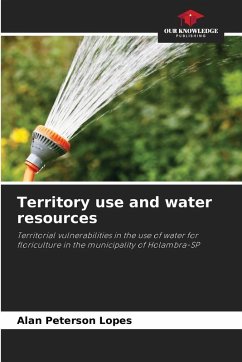
Brazil's borders
the transition of the border strip paradigm in the context of economic integration
Versandkostenfrei!
Versandfertig in 6-10 Tagen
51,99 €
inkl. MwSt.

PAYBACK Punkte
26 °P sammeln!
The length of the Brazilian border is one of the longest in the world at 16,886 km and borders ten countries. It is therefore very peculiar and diverse in terms of its economy, geography, culture and social aspects, despite belonging to the same territory. The factors that contribute to this diversity range from the population gradients of the border municipalities, specific economic factors, historical, political and international relations contexts that have a particular influence on each section of the border. This book deals with the paradigm shift from the border strip as an area of defen...
The length of the Brazilian border is one of the longest in the world at 16,886 km and borders ten countries. It is therefore very peculiar and diverse in terms of its economy, geography, culture and social aspects, despite belonging to the same territory. The factors that contribute to this diversity range from the population gradients of the border municipalities, specific economic factors, historical, political and international relations contexts that have a particular influence on each section of the border. This book deals with the paradigm shift from the border strip as an area of defense and security to an area of defense and development that was encouraged by the context of economic integration from 1990 onwards, in which Brazil assumed a position of regional leader due to its strategic geographical location and proximity to most of the Southern Cone countries. This book is aimed at anyone who wants to know more about Brazil's borders and the changes that have taken place over the last two centuries.





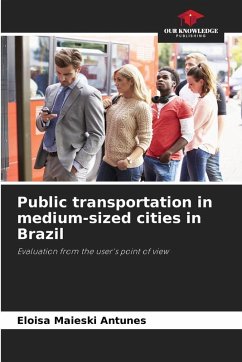
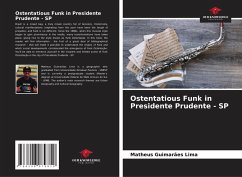
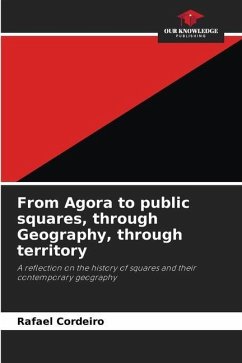
![Localitude[s] - The Territory, a Binding Identity in Guyana Cover Localitude[s] - The Territory, a Binding Identity in Guyana](https://bilder.buecher.de/produkte/62/62303/62303798n.jpg)

